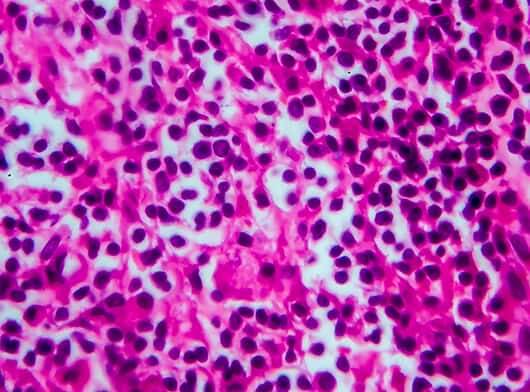Non-Hodgkin lymphoma is caused by changes in cell DNA. Some of these changes may be genetic, some may develop during a person's lifetime due to an external influence, and still, others may occur for no known reason. Gene changes that lead to non-Hodgkin lymphoma are usually acquired during a person's lifetime, commonly as a result of exposure to:
- Radiation
- Carcinogenic chemicals
- Infections
Age is also a major risk factor for non-Hodgkin lymphoma. Researchers believe this is because gene mutations occur more often as we get older. Other risk factors for non-Hodgkin lymphoma include a family history of lymphoma and changes in the immune system due to:
- An immune deficiency or inherited immune disorder
- An autoimmune disease, such as lupus
- A chronic infection like HIV/AIDS
- Treatment with certain drugs, such as methotrexate for rheumatoid arthritis
- Treatment with immunosuppressant drugs to treat patients who have had an organ transplant



.png)
